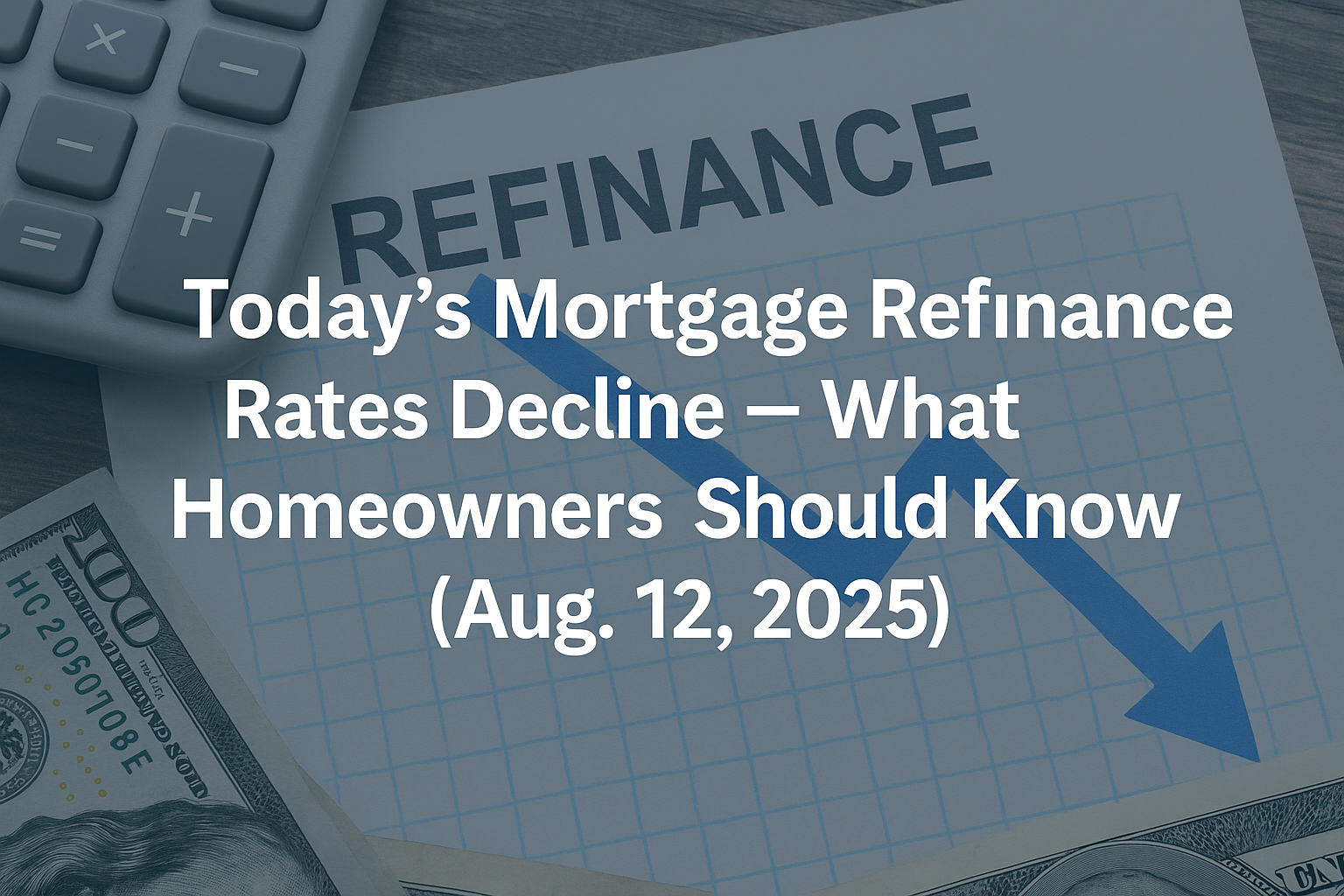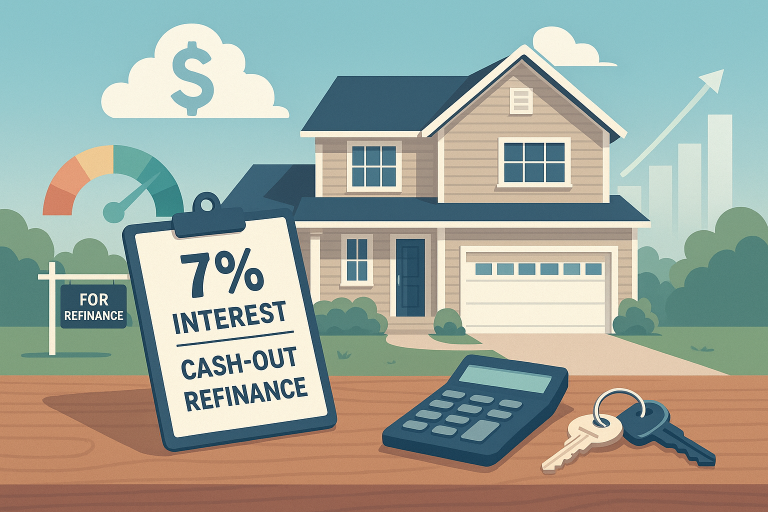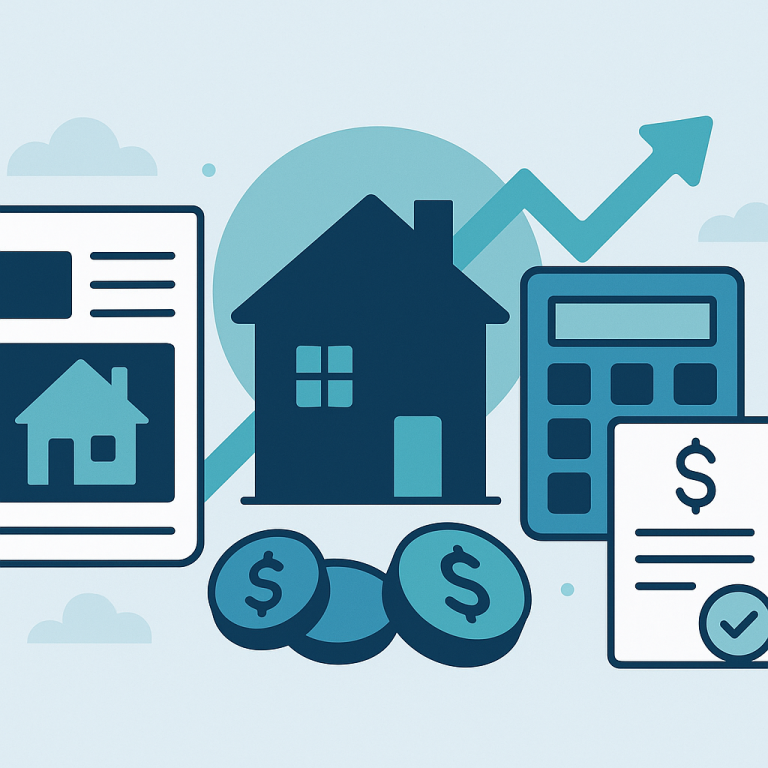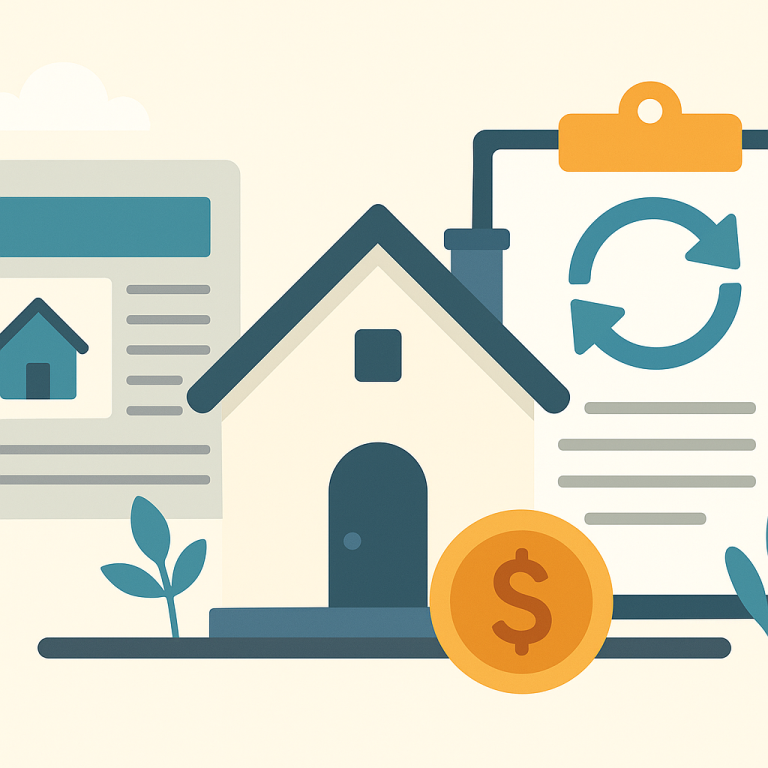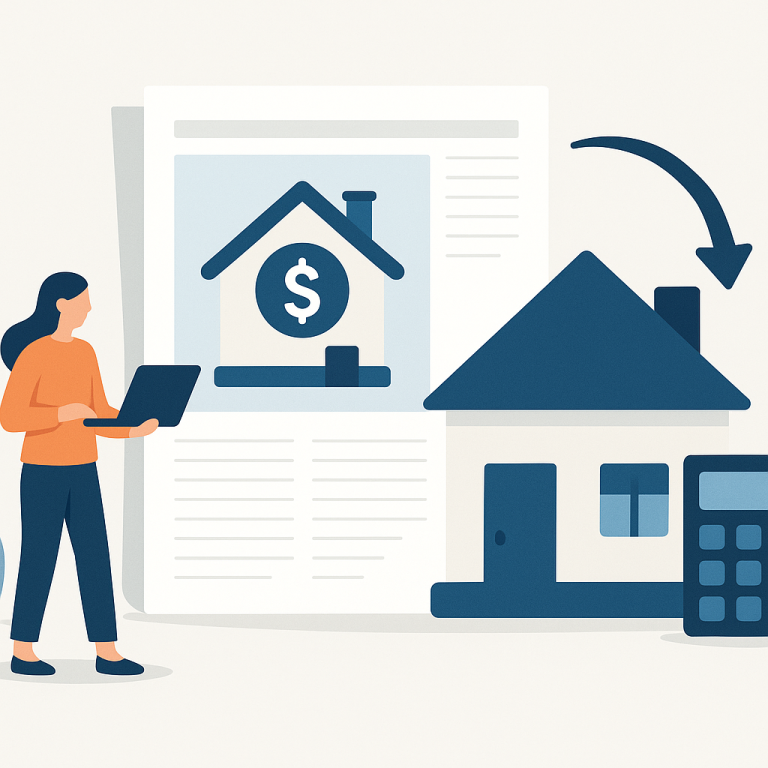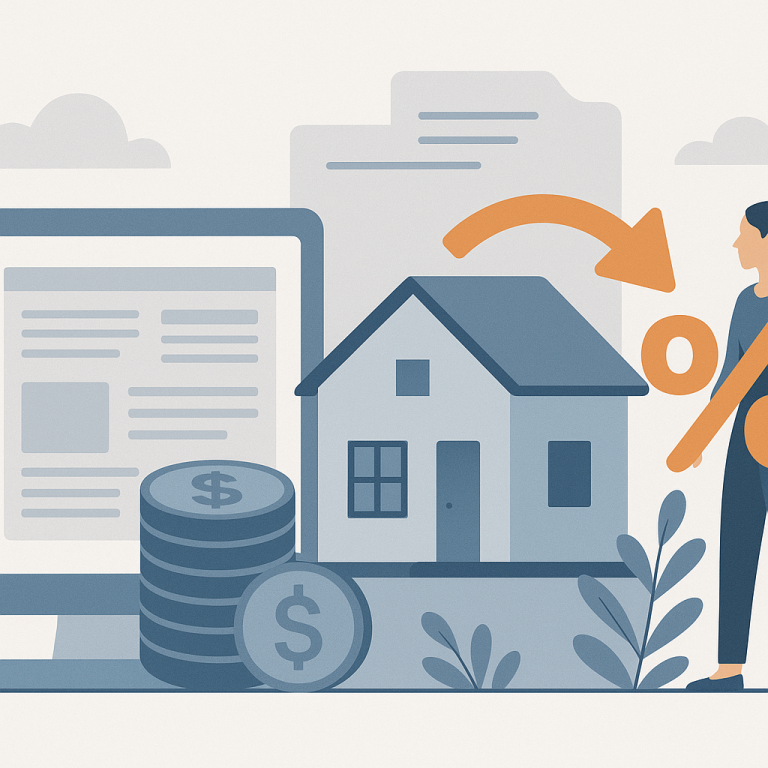Today’s Mortgage Refinance Rates Decline — What Homeowners Should Know (Aug. 12, 2025)
Intro
On Aug. 12, 2025, market reports show mortgage refinance rates moved lower, offering a fresh window of opportunity for some homeowners. Media outlets tracking daily rate sheets flagged declining refinance pricing from a range of lenders, a development that can change the calculus for borrowers weighing whether to refinance now or wait.
What happened today
Daily rate surveys and financial-news outlets reported modest declines in mortgage refinance rates on Aug. 12. Lenders adjusted pricing on several common refinance products, including rate-and-term refinances and certain cash-out options. The move was reported across market trackers that publish daily rate updates; it reflects short-term volatility in the fixed-income markets that underlie mortgage pricing.
How lenders set refinance pricing
Refinance rates follow the broader bond market. When Treasury yields fall or investor demand for mortgage-backed securities increases, lenders can offer lower interest rates. Conversely, rising yields and wider lender risk premiums push rates higher. Daily published rates represent competitive offers but can vary by borrower credit, loan size, property type and loan-to-value (LTV) ratio.
Why rates moved (broad market drivers)
Short-term shifts in refinance rates typically reflect three broad factors:
- Movements in Treasury yields and the secondary mortgage market, which set the funding cost for lenders.
- Incoming economic data (inflation, employment, consumer spending) that affect expectations for central bank policy.
- Lender competition and balance-sheet considerations, including how actively banks and nonbank servicers are originating and buying loans on a given day.
When rates decline modestly, it is often the result of a combination of lower bond yields and temporary lender pricing moves designed to win business.
What this means for homeowners considering refinancing
A single-day decline can matter differently depending on each borrower’s situation. For some homeowners, lower rates improve the financial case for refinancing immediately. For others — particularly those whose current rate is only slightly higher than today’s offers or who have high closing costs — the benefit may be minimal.
Common refinance goals and how a rate drop helps
- Lower monthly payment: Even a small rate reduction can lower monthly principal-and-interest payments, especially on large loan balances.
- Shorten the loan term: Homeowners who want to move from a 30-year to a 15- or 20-year loan may be able to do so while keeping monthly payments manageable.
- Cash-out for home projects or debt consolidation: Rate shifts influence the total cost of cash-out refinances and should be weighed against alternatives such as home equity lines of credit (HELOCs).
- Switch from an adjustable-rate mortgage (ARM) to a fixed-rate loan: Lower fixed rates can provide long-term payment stability at a lower cost.
When refinancing makes financial sense
Experts commonly recommend refinancing when the anticipated rate on a new loan is meaningfully lower than a borrower’s current rate — often cited ranges are 0.5% to 1.0% or more — and when the borrower expects to stay in the home long enough to recoup closing costs through monthly savings. That “break-even” timeframe depends on closing costs, the size of the rate reduction and how long the homeowner plans to keep the loan.
Key considerations before you refinance
- Calculate the break-even point: Compare upfront costs (origination fees, appraisal, title, recording) with monthly savings to see how long it takes to recover expenses.
- Check your loan balance and LTV: Lower LTVs typically secure better pricing and reduce the need for mortgage insurance.
- Assess credit and documentation: Better credit, stable income documentation and low debt-to-income ratios improve your chances of the best offers.
- Compare rate quotes from multiple lenders: Small differences in points or fees can change the net benefit of refinancing.
How to prepare and next steps
If you’re watching daily refinance-rate movements and a drop catches your eye, follow a methodical approach:
- Gather current loan details: rate, remaining balance, term, and any prepayment penalties.
- Get current quotes from two to four lenders, including your existing servicer; request a Loan Estimate to compare fees and APRs.
- Run a break-even analysis: divide expected closing costs by monthly savings to estimate months to recoup costs.
- Decide on urgency: if market conditions suggest further declines and you can afford to wait, you may watch rates for another day or two; if you see a compelling offer that meets your financial goals, act to lock the rate after vetting the lender.
Why it matters
Even modest declines in refinance rates can change the financial outlook for homeowners. A lower rate may reduce monthly payments, shorten loan terms affordably, or enable a cash-out refinance on better terms than alternatives. For borrowers close to a break-even threshold, daily movements in published rates can determine whether refinancing is worthwhile now or better deferred. Because lender pricing can shift quickly, timely comparison and a clear calculation of costs versus benefits are essential.
Sources
Forbes — Today’s Mortgage Refinance Rates: August 12, 2025 – Rates Decline

